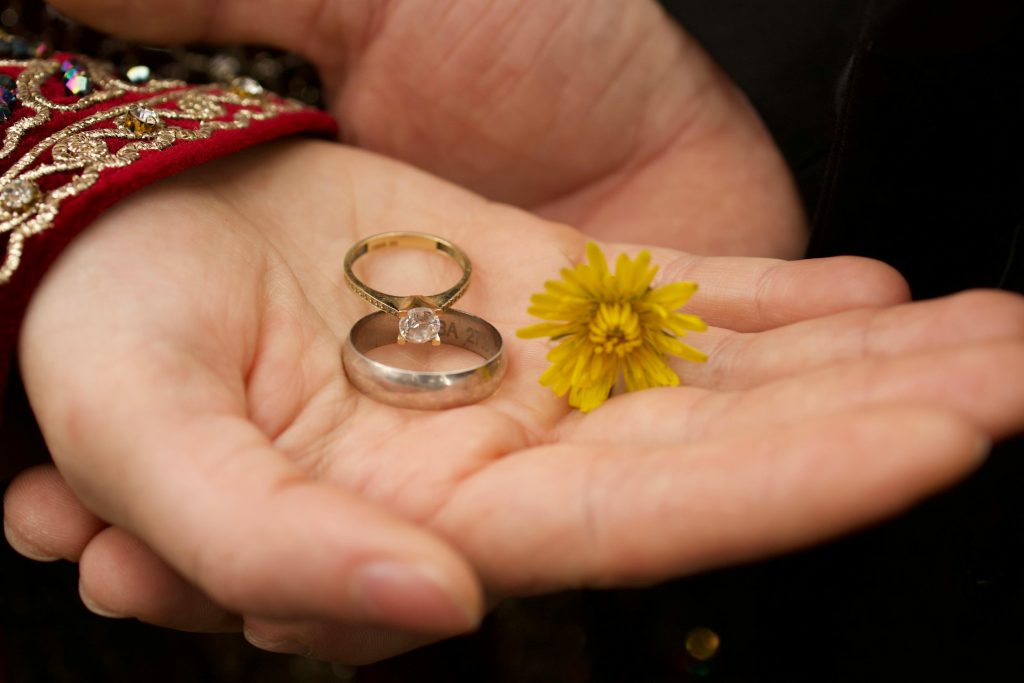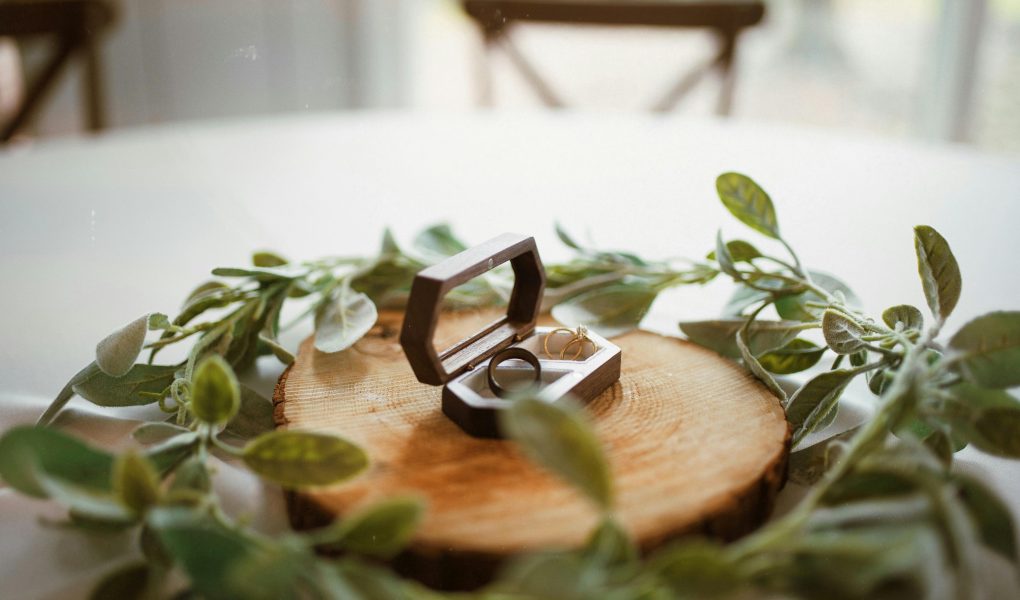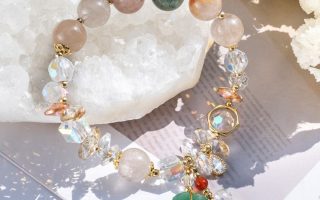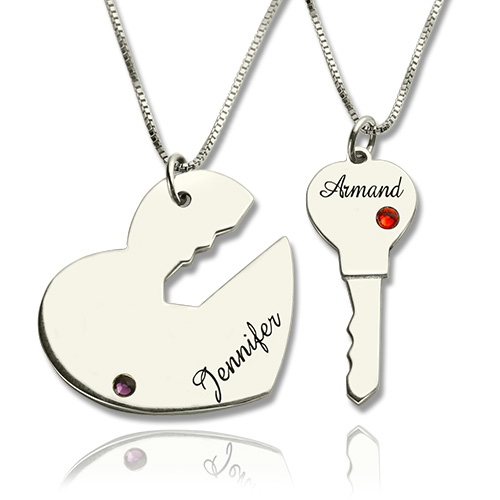In an era where sustainability is becoming a priority across various industries, the jewelry sector is no exception. Traditional jewelry production often involves practices that can be harmful to the environment and exploitative to workers. As consumers become more conscious of their ecological footprint, the demand for eco-friendly and ethically produced jewelry has surged.
The purpose of this article is to provide you with practical tips on how to make your jewelry eco-friendly. Whether you are a jewelry designer, a small business owner, or a consumer looking to make more sustainable choices, this guide will help you navigate the options available to reduce your environmental impact.
From sourcing sustainable materials to adopting ethical production practices and designing timeless pieces, there are numerous ways to create and support eco-friendly jewelry. Let’s explore how you can contribute to a more sustainable and ethical jewelry industry.
Understanding Eco-Friendly Jewelry
Eco-friendly jewelry encompasses pieces that are created with minimal environmental impact and uphold ethical standards throughout their production. To understand what makes jewelry eco-friendly, it’s essential to consider both the materials used and the production processes involved.
Environmental Impact: Traditional jewelry production can be highly detrimental to the environment. Mining for precious metals and gemstones often leads to habitat destruction, water pollution, and significant carbon emissions. Additionally, the use of toxic chemicals in processing these materials can further harm ecosystems and human health.
Eco-Friendly Alternatives: Eco-friendly jewelry aims to mitigate these impacts by using sustainable materials and ethical production methods. Recycled metals, for instance, reduce the need for new mining activities and lessen environmental degradation. Ethically sourced gemstones ensure that the extraction processes do not exploit workers or damage the environment.
Benefits: Choosing eco-friendly jewelry not only supports environmental conservation but also promotes fair labor practices. Consumers can feel good about their purchases, knowing they are contributing to a more ethical and sustainable industry. Additionally, eco-friendly jewelry often embodies high craftsmanship and unique designs, offering aesthetic and sentimental value.
Sourcing Sustainable Materials
One of the most critical aspects of making jewelry eco-friendly is sourcing sustainable materials. Here’s how you can ensure your materials are environmentally friendly and ethically sourced:
1. Recycled Metals: Using recycled gold, silver, and other metals is a fantastic way to reduce the environmental impact of jewelry production. Recycled metals are sourced from existing products, reducing the need for new mining. Look for suppliers who offer certified recycled metals.
2. Ethically Sourced Gemstones: Ensure that the gemstones you use are mined and processed in a manner that respects both the environment and workers’ rights. Certifications like Fair Trade and the Kimberley Process can help you verify the ethical sourcing of gemstones. Some suppliers also offer lab-grown diamonds and gemstones, which have a significantly lower environmental impact compared to mined stones.
3. Alternative Materials: Consider using alternative materials such as wood, bamboo, or recycled glass. These materials can be both eco-friendly and unique, offering a distinctive look to your jewelry pieces. Ensure that these materials are sourced sustainably and do not contribute to deforestation or other environmental issues.
4. Certification and Traceability: When sourcing materials, look for certifications that guarantee their sustainability. Organizations like the Responsible Jewellery Council (RJC) and Fairmined provide standards and certifications for sustainable and ethical jewelry materials. Traceability is also essential—being able to trace the origin of your materials ensures transparency and accountability.
5. Supporting Sustainable Brands: Choose suppliers and brands that prioritize sustainability in their operations. Many brands are committed to ethical practices and provide detailed information about their sourcing methods. Supporting these businesses helps promote a more sustainable jewelry industry overall.

Ethical Production Practices
Adopting ethical production practices is essential in creating eco-friendly jewelry. These practices ensure that your jewelry is made under fair labor conditions and with minimal environmental impact. Here’s how to incorporate ethical practices into your production process:
1. Fair Labor Practices: Ensure that the workers involved in the production of your jewelry are treated fairly and work under safe conditions. This includes fair wages, reasonable working hours, and a safe working environment. Partner with manufacturers who adhere to ethical labor standards and certifications such as Fair Trade.
2. Local Artisans: Consider collaborating with local artisans and small-scale producers. Supporting local craftsmanship not only helps sustain traditional techniques but also reduces the carbon footprint associated with transporting goods over long distances. Plus, it can provide unique, handcrafted quality to your jewelry pieces.
3. Eco-Friendly Processes: Implement eco-friendly production processes that minimize waste and reduce the use of harmful chemicals. For example, use non-toxic cleaning and polishing agents, and adopt water and energy-saving techniques in your production. Recycling and reusing materials within your workshop can also contribute to sustainability.
4. Transparent Supply Chain: Maintain transparency in your supply chain by documenting and sharing the journey of your materials and products. This transparency builds trust with your customers and ensures accountability in your production practices. Certifications and regular audits can help maintain high ethical standards.
5. Continuous Improvement: Ethical production is an ongoing process. Stay informed about best practices and new developments in sustainable jewelry production. Attend industry conferences, join relevant organizations, and continuously seek ways to improve your production methods.
Eco-Friendly Jewelry Design
Designing jewelry with sustainability in mind can significantly contribute to making your pieces eco-friendly. Here are some strategies for creating designs that are both stylish and sustainable:
1. Timeless Designs: Focus on creating timeless, classic designs that do not go out of fashion quickly. This encourages customers to keep and cherish their jewelry for longer periods, reducing the frequency of disposal and replacement. Timeless pieces often have a sentimental value that transcends trends.
2. Durable Materials: Use high-quality, durable materials that can withstand wear and tear. Durable jewelry reduces the need for frequent replacements and repairs, which in turn reduces waste. Ensure that your designs are robust and can last for many years.
3. Modular Designs: Consider designing modular or versatile pieces that can be worn in multiple ways. This allows customers to mix and match components, creating different looks with the same piece of jewelry. Modular designs add value and functionality, making the jewelry more appealing.
4. Waste Minimization: Design with waste minimization in mind. Optimize your design process to use materials efficiently and reduce offcuts. Repurpose scrap materials into new designs or smaller pieces to minimize waste. Efficient use of materials can also lower production costs.
5. Eco-Friendly Packaging: Extend your sustainable design philosophy to packaging. Use recyclable or biodegradable materials for packaging your jewelry. Minimalistic packaging that uses less material can also be a sustainable choice. Consider offering packaging that can be reused or repurposed by the customer.
6. Innovative Techniques: Explore innovative techniques and technologies that enhance sustainability. For example, 3D printing can create intricate designs with minimal waste. Laser cutting and engraving can also offer precision while reducing material wastage.

Caring for and Recycling Jewelry
Proper care and recycling of jewelry are crucial steps in maintaining its eco-friendliness. By extending the lifespan of your pieces and responsibly recycling old items, you can further reduce environmental impact. Here are some tips on how to care for and recycle your jewelry:
1. Proper Care: Educate your customers on how to properly care for their jewelry. Provide guidelines on cleaning and storing different types of jewelry to prevent damage and maintain their appearance. For example, suggest using non-toxic cleaning solutions and storing pieces in a dry, safe place.
2. Maintenance Services: Offer maintenance and repair services to help customers keep their jewelry in good condition. Regular maintenance can address minor issues before they become major problems, ensuring that the jewelry lasts longer. This service not only enhances customer satisfaction but also promotes sustainability.
3. Recycling Programs: Establish a recycling program where customers can return old or broken jewelry. Recycle the returned items by extracting valuable materials and repurposing them into new pieces. This reduces the demand for new raw materials and minimizes waste.
4. Upcycling and Repurposing: Encourage customers to upcycle or repurpose their old jewelry. Offer design services to transform outdated or damaged pieces into new, fashionable items. Upcycling gives old jewelry a new life and keeps it out of landfills.
5. Eco-Friendly Disposal: If recycling or upcycling is not possible, guide customers on how to dispose of their jewelry in an eco-friendly manner. Some metals and gemstones can be harmful to the environment if not disposed of correctly. Provide information on proper disposal methods and local recycling facilities.
6. Education and Awareness: Raise awareness about the importance of caring for and recycling jewelry. Use your platform to educate your audience on sustainable practices and the environmental impact of jewelry waste. Empower your customers to make informed choices that support sustainability.
Conclusion
Making your jewelry eco-friendly involves a comprehensive approach that spans from sourcing sustainable materials to adopting ethical production practices, designing with sustainability in mind, and promoting proper care and recycling. Each step in this process contributes to reducing the environmental impact of jewelry and supports a more ethical industry.
The jewelry industry is evolving, and consumers are increasingly valuing sustainability and ethical practices. By embracing these values, you not only contribute to a better environment but also build a brand that resonates with conscious consumers. Encourage your customers to join you on this journey towards a more sustainable future, and together, you can make a significant positive impact on the world



